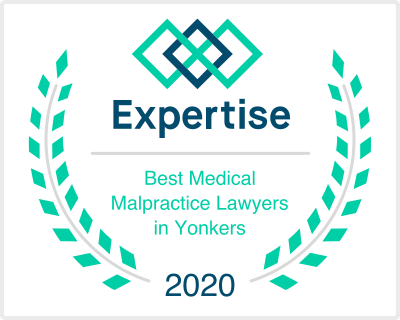Ways to handle debt
As many New York consumers have found, filing for bankruptcy can often be an appropriate debt relief solution for those who are struggling with unmanageable financial obligations. There are two primary types of bankruptcy that are available for individual debtors, and knowing what they entail can be beneficial,
One woman, when she returned from duty in the military, discovered that her mother had been renting apartments using her daughter’s name during her absence. Faced with thousands of dollars of debt, the daughter had the choice of reporting her stolen identity and turning her mother in or declaring bankruptcy to get out from under from the crushing burden. To compound the problem, she had been in an accident that totaled her car, and she was still having to pay off the balance of the auto loan. When creditors began to garnish the daughter’s wages at work, she decided she had no other recourse but to declare bankruptcy. After consulting with a credit counselor, the young woman learned of the processes used to handle debt.
Chapter 7 bankruptcy allows most unsecured debt to be discharged at the end of the fairly sort process. Chapter 13 bankruptcy provides restructuring of debt for people who have a reliable source of income, and the debtor makes payments pursuant to a court-approved plan that lasts from three to five years. Payment amounts are based in part on the individual’s income and expenses. At the end of this period, most of the remaining debt is discharged.
People who are struggling to make payments on medical debt or car loans may want to speak with an attorney in order to learn about the forms of debt relief that may be available. There are several eligibility and other requirements for consumer bankruptcy, which the attorney can outline.

